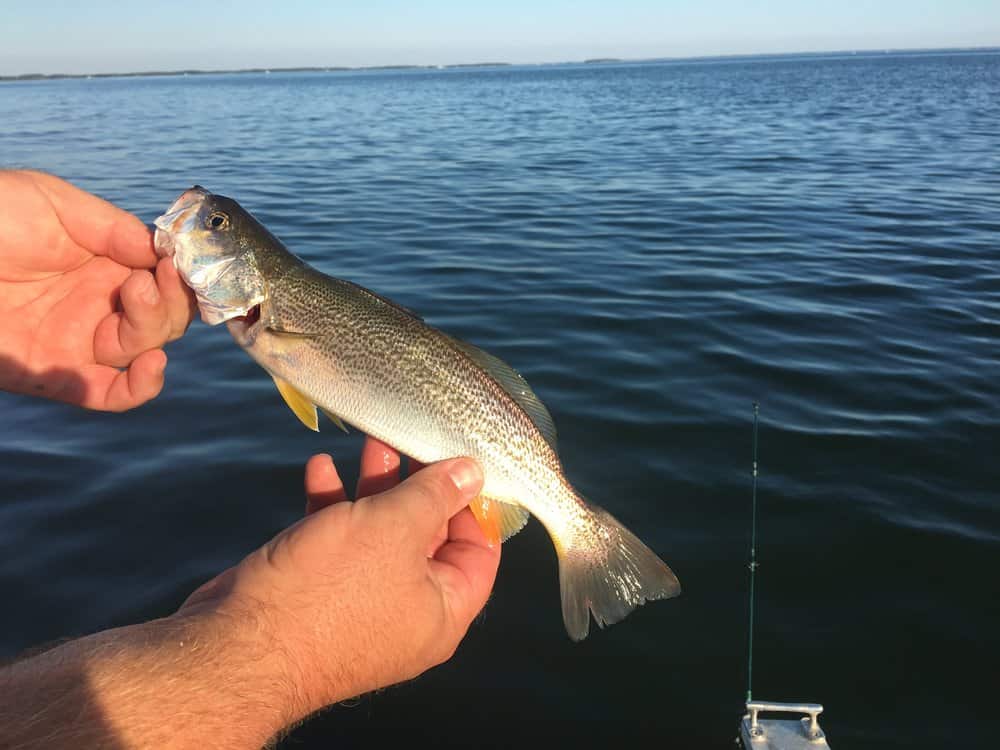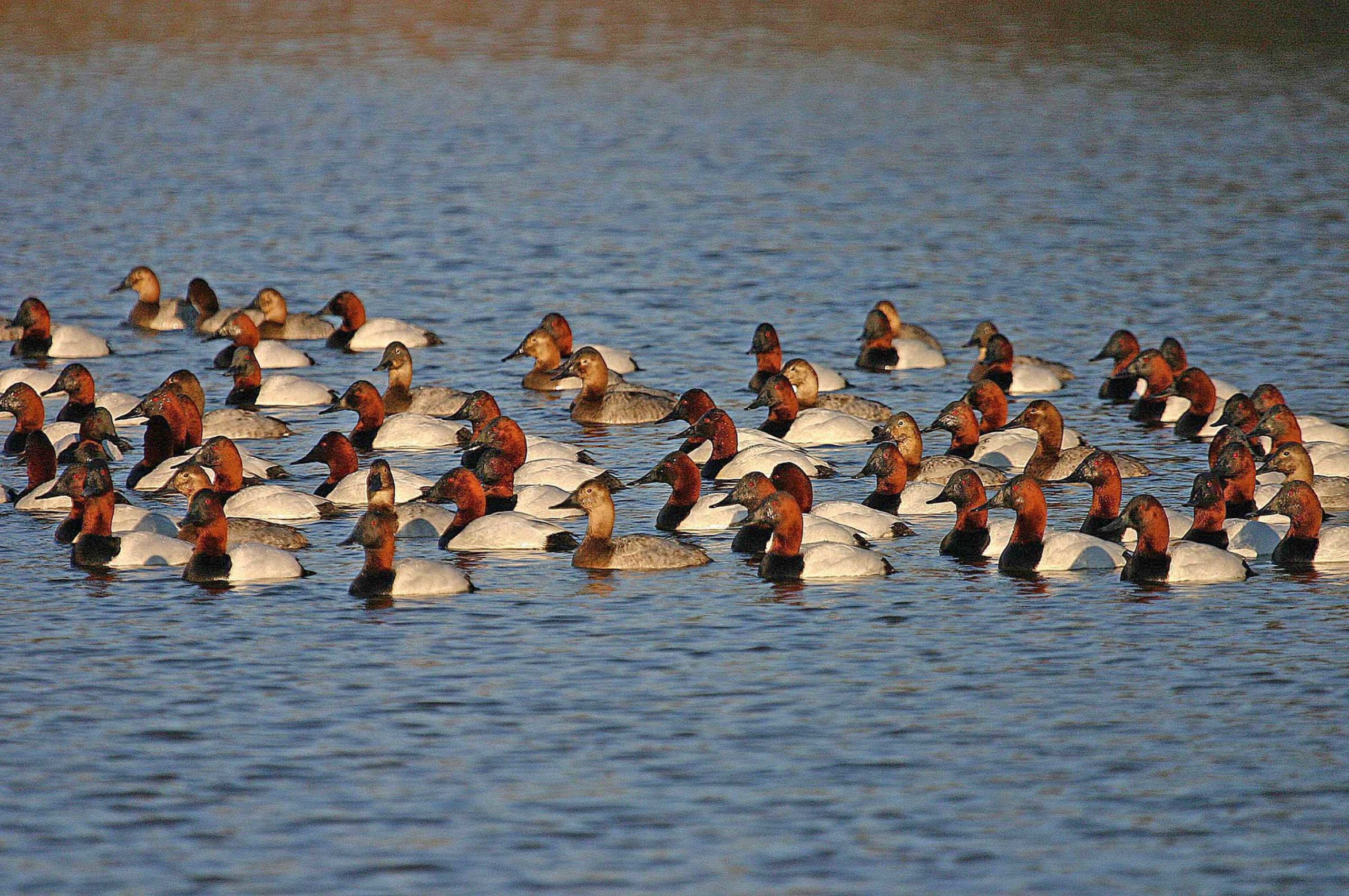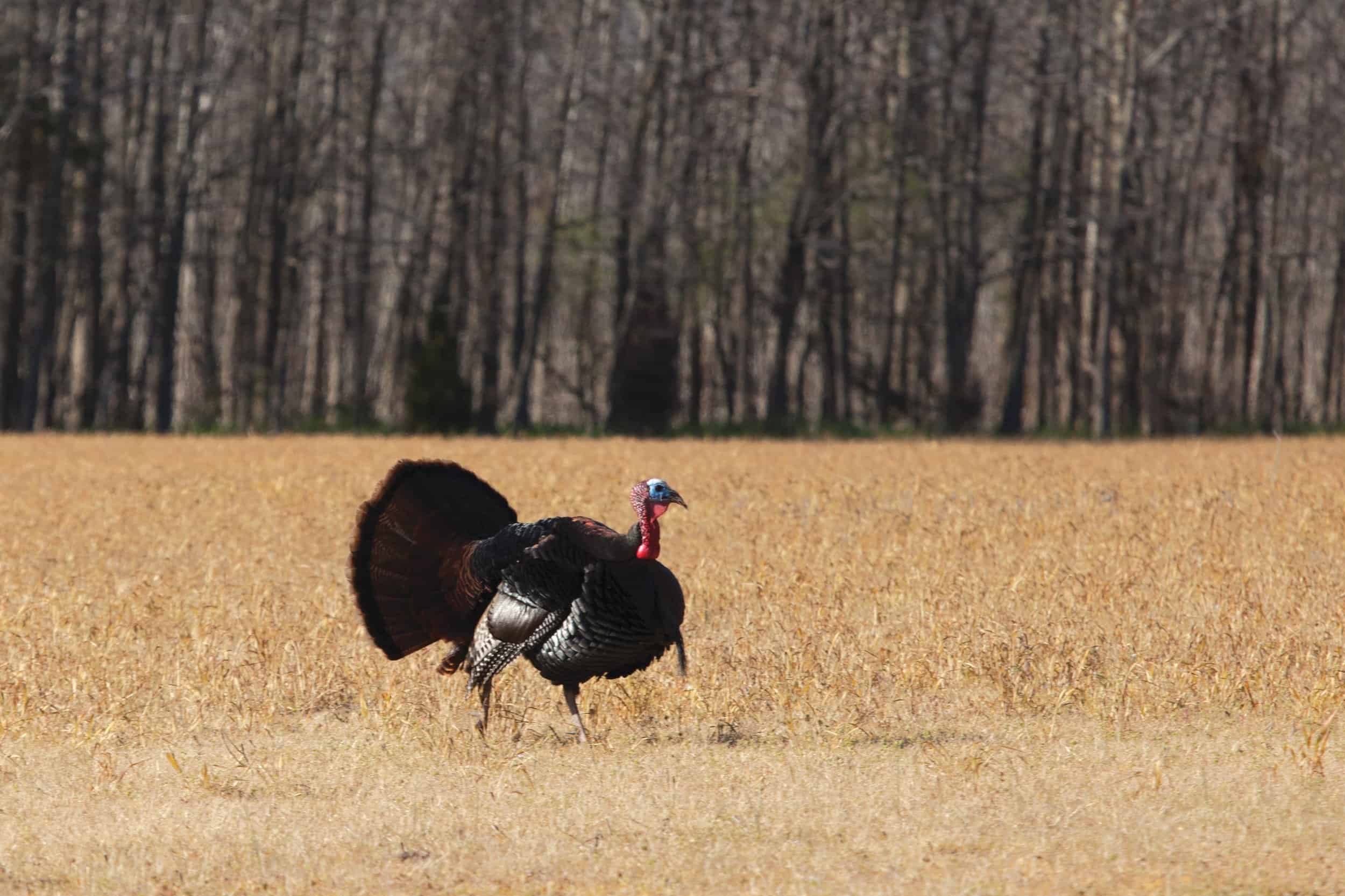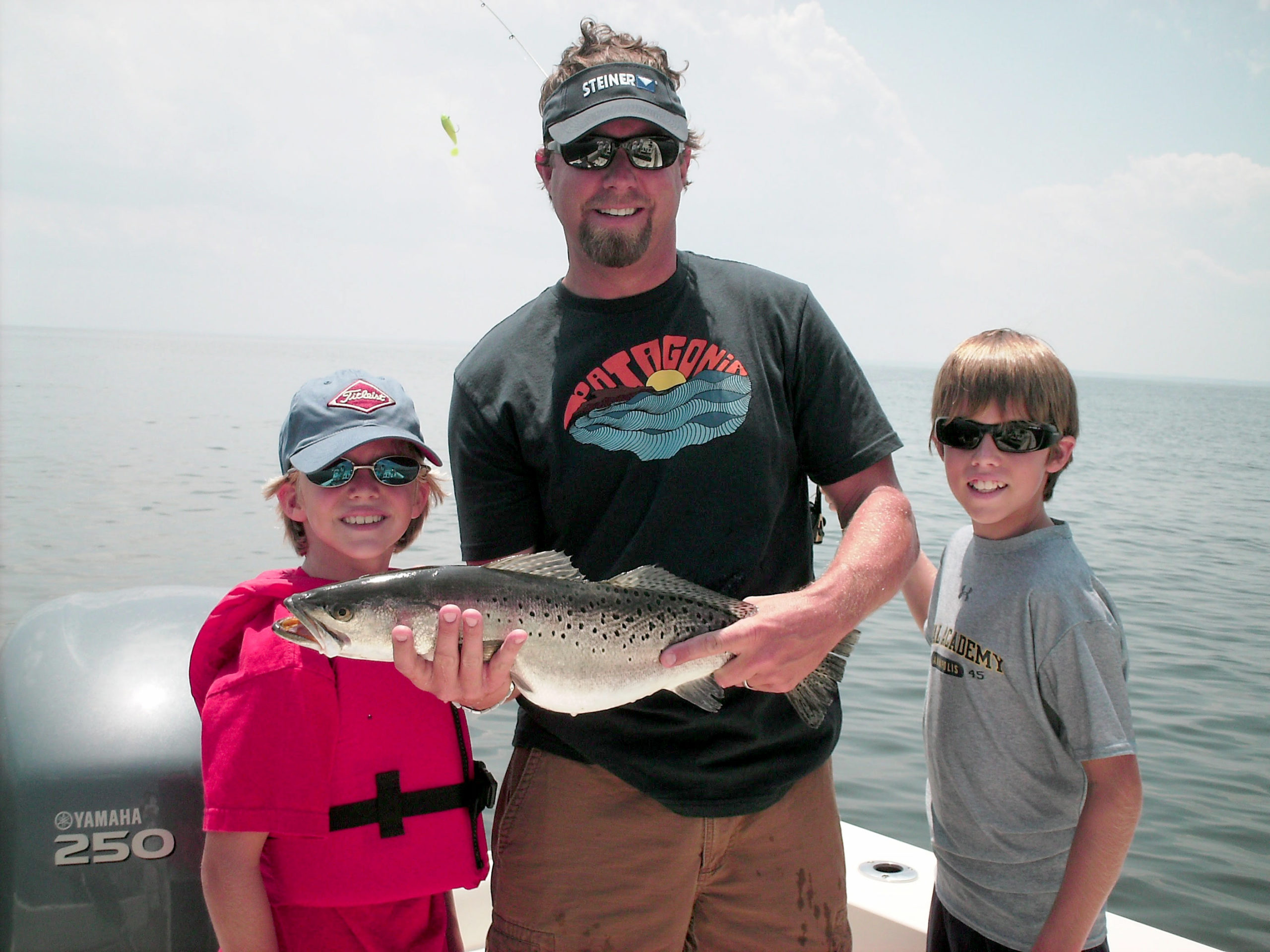A bit of advice: Get close to that piling.
Outdoor educators often play a game called “Predator-Prey.” Or perhaps you know it by “Sharks & Minnows,” or what have you. Usually, it’s played prior to an environmental adventure or at summer camp. Basically, each kid picks or is assigned a Bay animal that’s the prey. It can be anything, mummichog, bunker, blue crab, oyster. Then alone, top-tier predator—rockfish, osprey, human—takes up position in the middle of the group, usually in an open field. The prey runs from one side to the other, trying to avoid being devoured by the predator.
Educators hope to infuse a lesson about the intricate relationship between animals that exists in the Chesapeake, underscoring the premise that we need to strike a balance between what we take out of the water and what we leave in. Almost immediately after that concept is explained and the game commences, the group rapidly descends into chaos, running willy-nilly to and fro, screeching at the top of their young lungs in random delirium. I know this to be true because I did a two-year stretch in the classroom. Though it never failed to get the bus ride out of them, I was often left wondering whether the lesson actually stuck.
But that game pops into my head especially this time of year when the predator-prey dynamic is in full display. From Pooles Island to James Island, rockfish blitz bay anchovies, silversides and young-of-the-year bunker with reckless abandon. An attuned angler can catch quality rockfish and white perch, and weakfish—also known as gray trout.
When cold fronts push through every other week and minutes of sunlight are shaved off daily, gamefish know the deal: It’s time to go on the feed, and hard. These seasonal changes set off a signal in their brains telling them to put on fat to help fuel their trip out of the Chesapeake, or tolerate colder waters if they lay low in the Bay’s deep holes.
For a few years back in the late 90s, I fished the Bay Bridge pilings when big tide-runner weakfish were as thick as fleas on a coon hound. They hung tight to the bottom in depths from 40 to 65 feet, so your window to get the lure into their strike zone was very narrow. But I didn’t realize how narrow until I fished gunwale to gunwale with an old fella and his 30-something foot deadrise.
It’s a bit embarrassing to admit, but the first couple of times we fished beside each other I more or less dismissed him, based solely on the condition of his craft. The boat matched his face—worn down by the elements, freeboard and gunwales so chipped and nicked they looked like someone went at them with an ax. The planks probably hadn’t seen a fresh coat of paint since the Carter administration.
Weakfish bunched up tightly next to the bridge substructure, dodging the swift currents until the time was right to ambush bait. This solitary fisherman maneuvered his decrepit craft within inches of the massive concrete pilings with the skill and fearlessness of Bode Miller hurtling down an alpine face. His fishing style was strictly old school. One hand worked the throttle and “monkey stick,” (a vertical, wooden steering stick) and the other paw gripped a fishing pole, jigging a bucktail, one-armed bandit style. I can’t swear to it but I’m pretty sure he tipped that bucktail with pork rind.
Confident I knew better, I stuck to drifting, and bounced a Meushaw feather jig rigged in tandem (usually chartreuse-and-white, though sometimes yellow and white) off the bottom. While I caught some fish, that ancient mariner out-caught me on every drift. Finally, after my hubris subsided enough to watch what he was doing, it became obvious I didn’t know jack. I wasn’t even close enough to the pilings to hook the bigger fish.
More than once the old timer would holler over in a good-natured tone as we gently crossed bows, “You’re off the fish. Get closer! Ya gotta git it right to the bottom. They’re huggin’ the bottom right next to the pilings. Big ’uns, too!”
On another drift, he called out, “Did ya see the one I just pulled up?” I shook my head “no.” He hoisted a slob tide-runner that easily broke the 10-pound mark, its soft belly protruding through his fingers like cased sausage. After that I got as close as an otter’s whisker to the pylons, and was finally rewarded with a near trophy-sized gray trout.
I learned two valuable lessons during that gray trout bonanza. First, never ignore a bit of friendly of advice, you may learn something. Second, you have to get the bait into the fish’s strike zone. Predator-prey 101.
While those halcyon weakfish days are sadly in the rearview it seems, with a little effort we can still catch some decent trout in the Bay from mid-October through the Holidays. I’ve often found them with or in proximity to schools of stripers pulverizing baitfish. I theorize that the weakfish hang well below or just off the fray, snacking on the descending morsels carried by the tide.
Many lures can catch fall-run sea trout. These are a few of my favorites, though by no means offered as an exhaustive, end-all, be-all list. That septuagenarian angler taught me that. Rather, they’re simple rigs that have worked well for me and my clients over the years. I don’t jam to Motley Crew but I do love heavy metal, especially for weakfish. The density of these lures cuts the water well and holds bottom. Preferred weights range from 3/4 to four ounces, and I’m partial to Stingsilvers, Crippled Herring and Specialized Bait’s Li’l Bunkers. A very close second
would be a Mewshaw-style feather jig, followed by a Trout Bomb, which are usually hand-made by local tackle shops. I’m told the Japanese jigs catch, too, but I have yet to try one.
I carry them in several color combinations, and often swap out the treble hook for a single hook dressed with chicken feathers. Conservation is part of my reasoning here since sea trout have soft mouths, and the single hook imparts less damage, so I can release it more quickly and get back to fishing. I also try to match the size of the baitfish the weakfish are feeding on. If I have two or more anglers onboard I rig them up with different lures to determine what the fish are keying on. If it’s a bunker school, a wider profile lure sometimes works best. If the gamefish are feeding on small fry such as anchovies and silversides, I go with a smaller size. Bottom line: Try and match that hatch.
As for boat handling, many times you have to be right on top of these drums to hook up. If you locate a school on the fish meter, first determine the direction you’ll drift before dropping a lure on them. If the weakfish are by themselves, it’s usually not necessary to cut the motor, but if rockfish are around, it’s a good practice to be as quiet as possible. Whatever you do, don’t race into the fray like Dale Jr. charging into the pit. This will not only sound the fish, but it is bound to make fellow anglers curse you both to your face and on Twitter. Lord knows there’s enough Twitter pollution out there already. Oh, and one last suggestion: If some old fella in a rickety boat offers you some free advice, you may want to listen to him.




